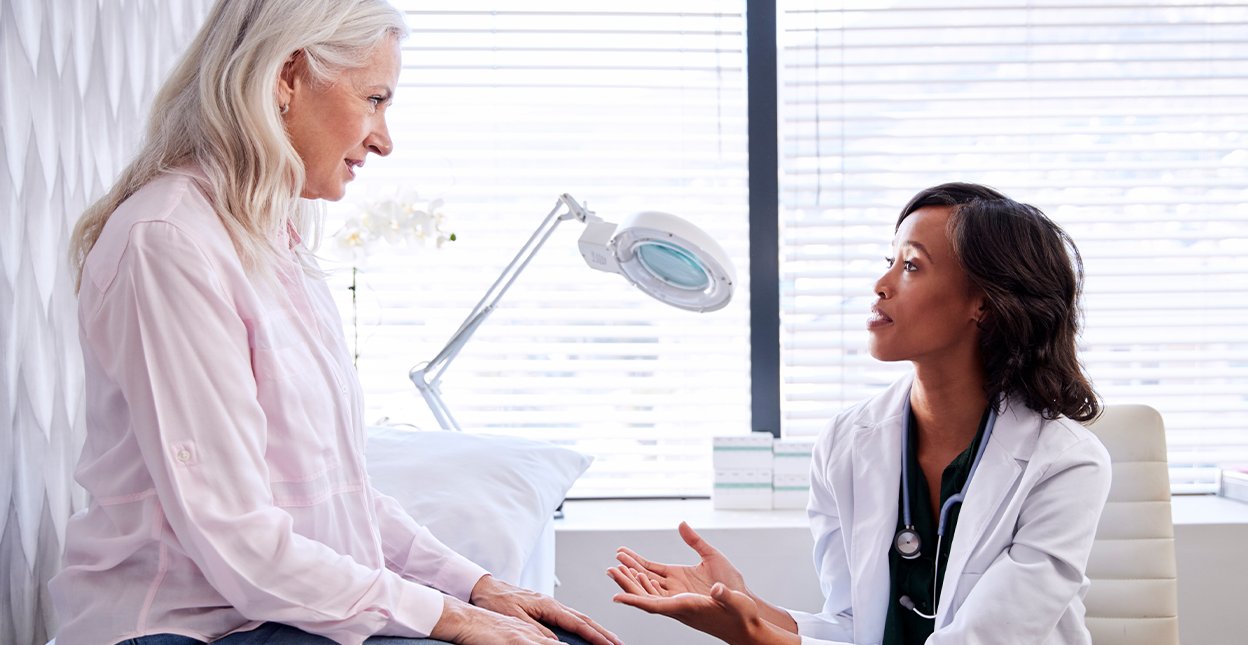Urodynamics
Urodynamics is a series of tests conducted in an outpatient setting that evaluates the function of the bladder, including how completely the bladder, sphincter and urethra are storing and releasing urine. Urodynamic tests can also determine if the bladder is having involuntary contractions that cause leakage (urge incontinence).
Your doctor may recommend urodynamic testing if there are problems associated with any of the following conditions:
- urine leakage
- frequent urination
- painful urination
- sudden, strong urges to urinate
- problems starting a urine stream
- problems emptying the bladder completely
- recurring urinary tract infections
Urodynamic test results help diagnose the cause and nature of a lower urinary tract problem. These tests can range from simply observing the urinary process to taking precise measurements using sophisticated instruments including ultrasound and x-ray equipment.
Your doctor will decide the type of urodynamic test based on your current health, a physical examination, and your lower urinary tract symptoms (LUTS).
A simple observation might entail:
- recording the length of time it takes a person to produce a urinary stream
- noting the volume of urine produced
- recording the ability or inability to stop the urine flow in midstream
Imaging equipment that takes pictures of the bladder filling and emptying, pressure monitors that record the pressures inside the bladder, and sensors that record muscle and nerve activity are all used for taking more precise measurements.
Depending on the type of urodynamic test, you may be asked to arrive for testing with a full bladder, however, most urodynamic tests don't involve any special preparations. Some tests may require you to stop taking certain medications.
Urodynamic testing may be done if your doctor perceives there is a problem with your urinary tract that requires further investigation. Some other reasons might include:
- if diagnosis is unclear after history and examination
- to confirm diagnosis before drug treatment in those more susceptible to side-effects
- to confirm diagnosis before invasive treatment/surgery
- if you have failed drug/surgical therapy
- to provide prognostic information before treatment/surgery
- to provide clinical follow-up after treatment/surgery
What are the different types of urodynamic tests?
Urodynamic tests include the following:
- uroflowmetry
- postvoid residual measurement
- cystometric test
- leak point pressure measurement
- pressure flow study
- electromyography
- video urodynamic tests
Uroflowmetry — is the measurement of urine speed and volume. Special equipment automatically measures the amount of urine and how fast the urine is expelled from your body. No anaesthesia is required. The equipment creates a graph that shows changes in flow rate from second to second so that your doctor can see when the flow rate is the highest and how many seconds it takes to get there. This test determines if your bladder muscles are weak, or if urine flow is blocked.
Postvoid Residual Measurement — is the amount of urine left in the bladder after urination. The remaining urine is called the postvoid residual. Postvoid residual can be measured with ultrasound equipment that uses harmless sound waves to create a picture of the bladder. It can also be measured using a catheter, which is inserted through the urethra up into the bladder to remove and measure the amount of remaining urine. This is usually done in a doctor’s surgery or local hospital with local anaesthesia.
Cystometric tests — measures how much urine your bladder can hold, the pressure as it stores urine, and how full it is when you get the urge to urinate. Under local anaesthesia, a catheter is firstly used to empty the bladder completely. Then a smaller catheter, with a pressure-measuring device called a manometer, is inserted and the bladder slowly filled with warm water. Another catheter may be placed in the rectum to record pressure there as well.
As the bladder fills, you will be asked to describe how the bladder feels and to indicate when you’re ready to urinate. When this happens, the volume of water and the bladder pressure are recorded. You may also be asked to cough or strain to see if the bladder pressure changes. A cystometric test can also identify involuntary bladder contractions.
Leak Point Pressure Measurement — measures pressure at the point of leakage during a cystometric test. During filling, the bladder may suddenly contract and squeeze some water out. When this happens, the manometer measures the pressure inside the bladder when this leakage occurs. This reading may provide your doctor with information about the kind of bladder problem and evaluation of the urinary sphincters.
Pressure Flow Study — measures bladder pressure and flow rate and helps identify bladder outlet blockage that men may experience with prostate enlargement. Bladder outlet blockage is less common in women but can sometimes happen with a cystocele or, after a surgical procedure for urinary incontinence. It is performed under local anaesthesia.
Electromyography — uses special sensors to measure the electrical activity of the muscles and nerves in and around the bladder and the sphincters. Electromyography is done if your doctor suspects your urinary problem is related to nerve or muscle damage. Sensors are placed on the skin near the urethra and rectum (or on a urethral or rectal catheter with local anaesthetic), and nerve activity recorded. These nerve patterns determine if the messages sent to the bladder and sphincters are being interpreted and coordinated correctly.
Video Urodynamic Testing — involves taking pictures and videos of the bladder during filling and emptying with either x-ray or ultrasound equipment. If x-ray, your bladder is filled with a special fluid, called contrast medium, which will show up on x-rays. If ultrasound, the bladder is filled with warm water and sound waves are used to create a picture of the bladder. In both cases, these pictures and videos show the size and shape of the bladder and help your doctor to understand the problem. Either of these methods can be performed in your doctor's office, radiology centre, or hospital by a specially trained technician.
After urodynamic testing, you may feel uncomfortable for a few hours when urinating. Drinking water every half-hour for a couple of hours may help. Your doctor may also recommend taking a warm bath or holding a warm, damp cloth over the urethral opening to relieve your discomfort.
Sometimes, you may be prescribed an antibiotic for a couple of days to prevent infection. If you do show signs of infection, including pain, chills, or fever, you should call your doctor immediately.
The results for tests like cystometry and uroflowmetry are usually available straight away. Other tests like video urodynamic and electromyography tests take a few days to come back. Your doctor will chat with you about the results and possible further treatments.
Sources
Bladderclinic.com.au, (2012). Urodynamics (Bladder Pressure Study). [online] Available at: http://www.bladderclinic.com.au/procedures/urodynamics-bladder-pressure-study [Accessed 19 Apr. 2015].
Brisbaneurology.com.au, (n.d.). Urodynamics Rockhampton | Urinary Bladder - Brisbane Urology Clinic. [online] Available at: http://www.brisbaneurology.com.au/urodynamics/ [Accessed 19 Apr. 2015].
Kidney.niddk.nih.gov, (2012). Urodynamic Testing - National Kidney and Urologic Diseases Information Clearinghouse. [online] Available at: http://kidney.niddk.nih.gov/kudiseases/pubs/urodynamic/index.aspx [Accessed 19 Apr. 2015].
Mc Kertich BBS, FRACS (Urol), K. (2011). RACGP - Urodynamics. [online] Racgp.org.au. Available at: http://www.racgp.org.au/afp/2011/june/urodynamics/ [Accessed 19 Apr. 2015].
Thompson, MD, E. and Seifert, MD - Urology, A. (2012). Urodynamic Tests for Urinary Incontinence. [online] Webmd.com. Available at: http://www.WebMD.com/urinary-incontinence-oab/urodynamic-tests-for-urinary-incontinence [Accessed 19 Apr. 2015].
Urodynamic.com.au, (2014). Urogynaecologist Sydney, bladder problems, pelvic floor problems. [online] Available at: http://www.urodynamic.com.au/ [Accessed 19 Apr. 2015].
www.thewomens.org.au, (2013). Urodynamics bladder test. [online] Available at: https://thewomens.r.worldssl.net/images/uploads/fact-sheets/Urodynamics-bladder-test.pdf [Accessed 19 Apr. 2015].






